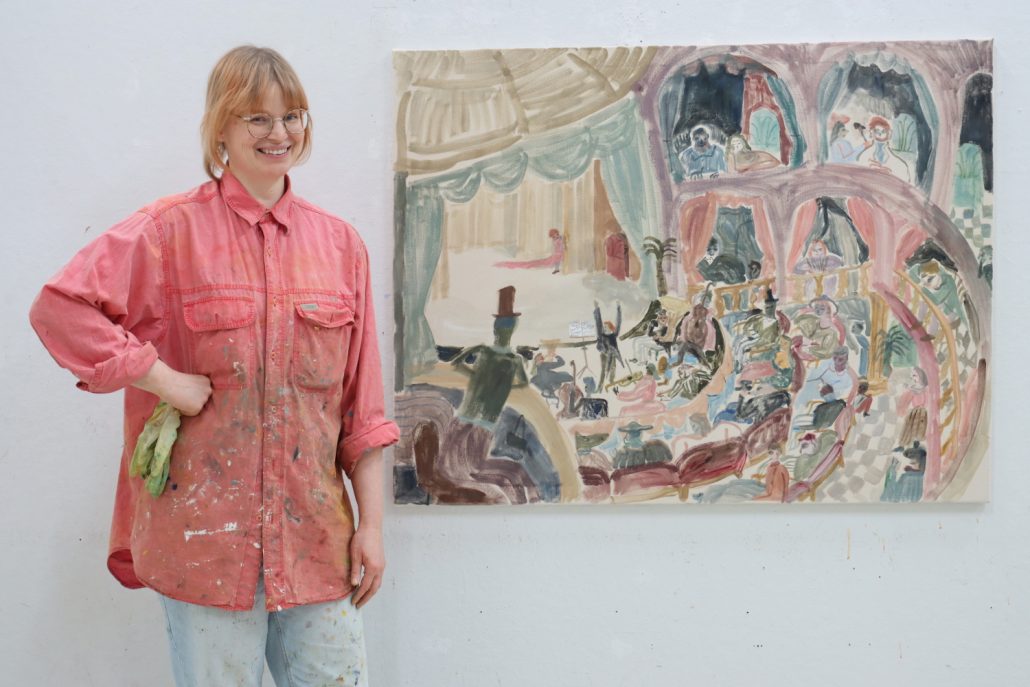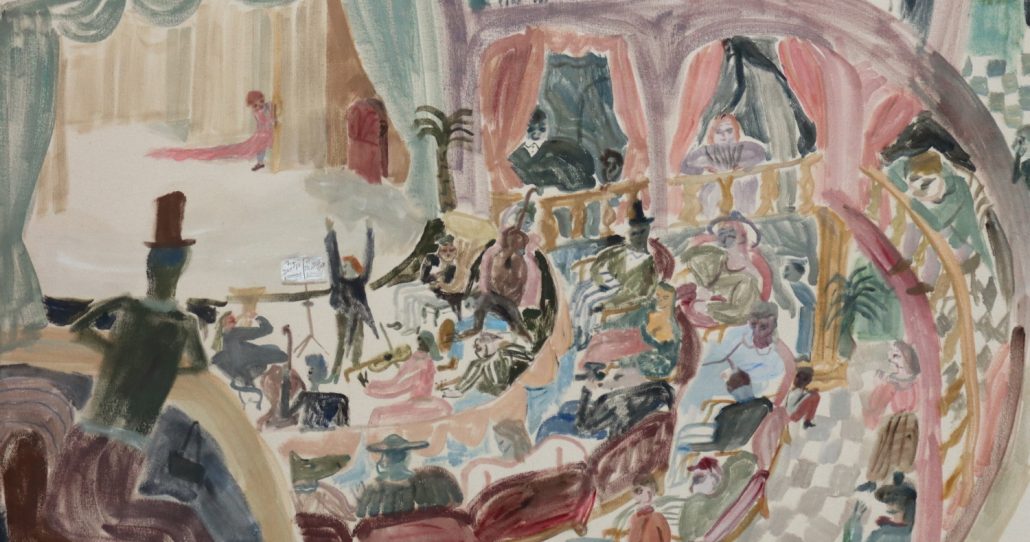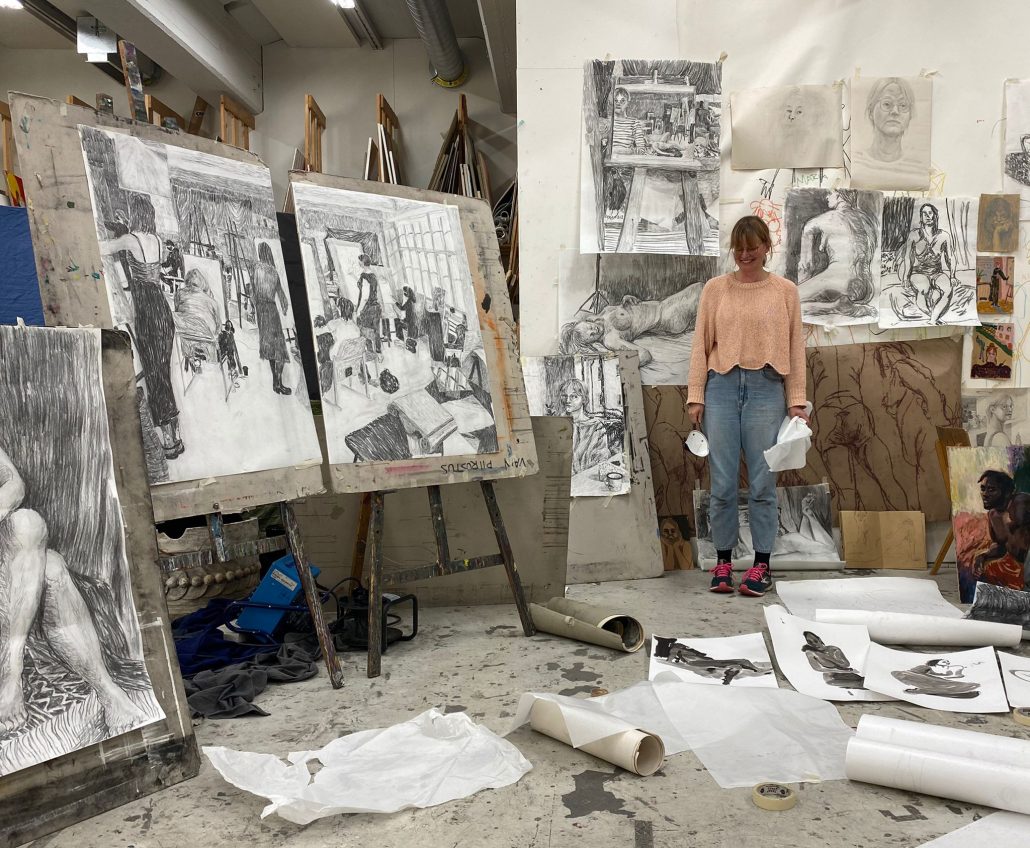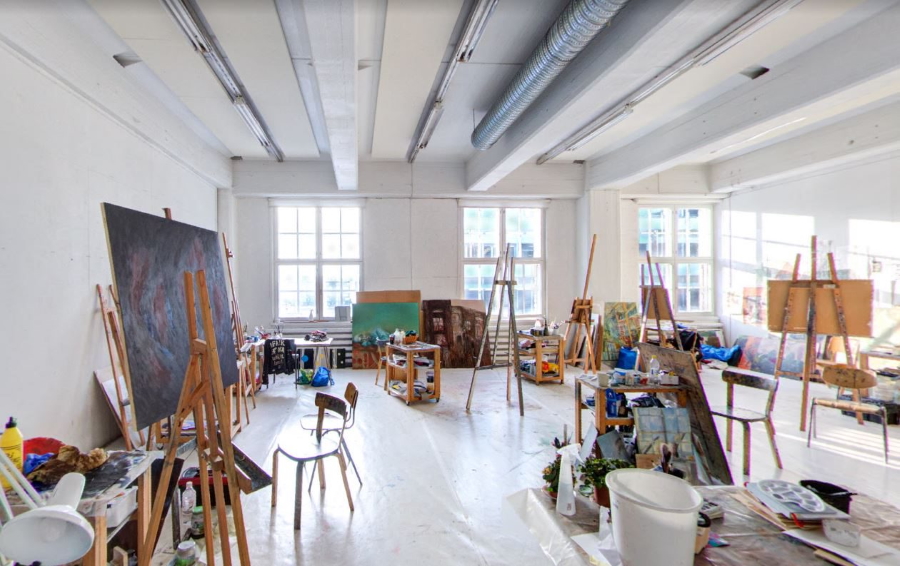Anniversary Exhibition Free 90 | HAM
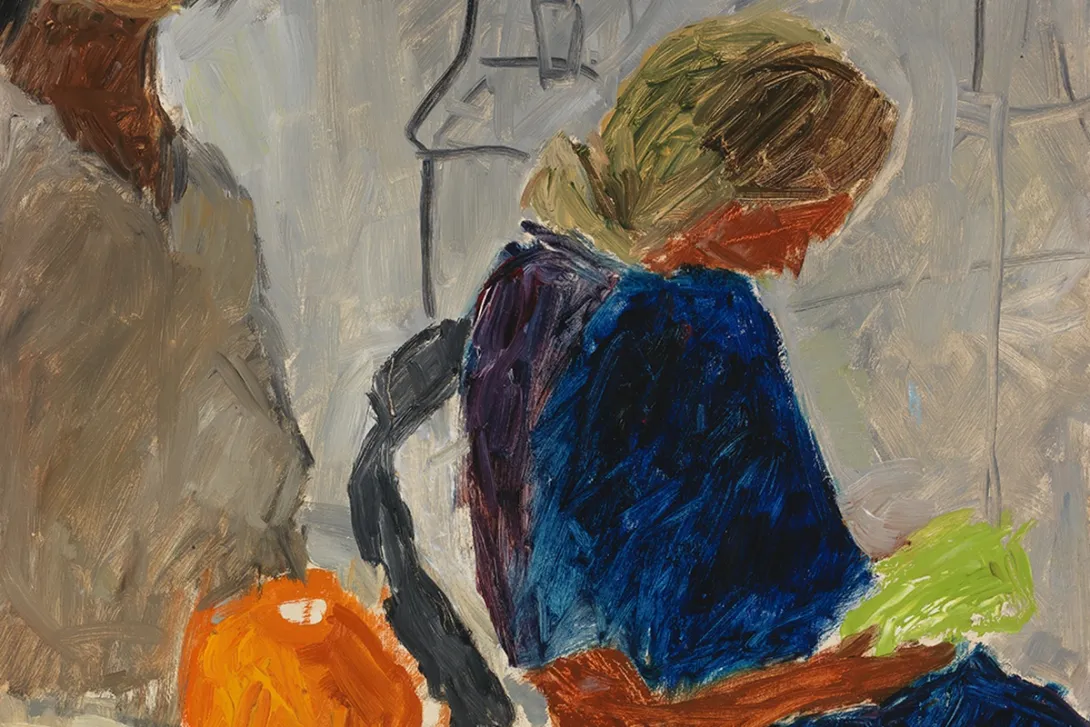
First-year student Marika Maijala says that studying at the Free Art School has offered a safe space to explore new levels of making—and room for questioning.
As I write this, it’s morning and I’m alone in our classroom. I never would’ve thought I could be as happy anywhere as I am in my own studio, but I’ve found that place here, in this shared space.
When I decided to apply to the Free Art School a year ago in spring, I was at a good point in my career. I was illustrating, writing, drawing, and animating from my studio on Harakka Island. Maybe I had become a bit too comfortable walking the familiar island paths, safe in the shelter of my own workspace. Maybe I felt stuck. I simply wanted to know more—about color, materials, and other ways of thinking and making. I’d been observing the painters at the Harakka artist house and had grown curious—or maybe just brave enough.
The idea of a school focused solely on painting always felt dangerous to me—exposing myself to the gaze and judgment of others in something that is so precious, fragile, and personal.
Maybe I didn’t dare to study painting when I was younger because I feared failure and ridicule, due to my past experiences with school. In my graphic design studies at Pekka Halonen Academy, there was drawing and basic painting too, but the emphasis was elsewhere. Storytelling has always been my other passion, and illustration led me forward.
From the beginning, it was made clear to us that the Free Art School is a safe space—one where everyone is accepted as they are, and personal boundaries are respected. I think that’s one of the reasons why there has been a relaxed, open atmosphere in our class from the start. It’s a huge gesture of trust, how everyone shares their processes, doubts, and successes.
Alongside her painting studies, Maijala runs, sails, and writes. She also plays in a band. Her inspirations include Cy Twombly, Joan Mitchell, Helen Frankenthaler, Hugo Simberg, Veijo Rönkkönen, and William Blake.
This year’s courses have focused on drawing and painting the live model—mostly people, and once even a dog named Lumous. It wasn’t what I initially imagined doing, but painting the model has turned out to be fascinating. I’ve become so interested that I can imagine continuing with it.
Painting the human figure has also made me reflect on deeper questions—why I paint, and what I want to express. Or whether I want to express anything at all, and instead simply explore, investigate, and try to connect. I find myself thinking about the ethics of representation, the history of making and studying art, and sometimes even the constraining conventions.
I think about the model too—the story they carry, told only through face and body. If I’ve been inspired by my talented classmates this year, I’ve also been deeply moved by our brave models. Every time, it impresses me that someone stands before us, willing to be observed.
It’s emotional. My painting skills aren’t yet strong enough to truly capture the model, but I have managed to grasp fleeting gestures—a look, a smile, the direction of a gaze. In the fast-paced croquis sessions, there’s sometimes a sense of collaboration between model and artist—a dance, a kind of performance.
Our teachers mostly ask questions rather than give answers. They encourage us to keep looking. You never hear “that’s nice,” but there’s plenty of support. All of our teachers are artists themselves, and they’re the reason I wanted to study here. I feel like they understand where I am and what I might be struggling with.
I’m drawn to painting, music, literature, and film. I’m interested in life itself. I don’t see art as something separate from other forms of human activity. I’m also fascinated by the physicality of art-making—I love how painting is such a whole-body process. I’m in it with my thoughts, feelings, dreams, and body. My hands and clothes covered in paint. I drag my paint trolley across the room, and I feel its weight—some days more than others. I like the smell of oil paint, the sound of charcoal on paper. One morning, I arrived late for a croquis session. I waited off to the side and just listened to the sound of charcoal scratching on paper—the sound of focus. It was a beautiful moment.
When I applied to the school, I had a fairly romantic image of what it meant to be a painter. I imagined something like Céline Sciamma’s Portrait of a Lady on Fire: crashing waves, cliffs, velvet folds, big emotions, expansive spaces, silence, concentration. Surprisingly, painting has turned out to be just as romantic as I imagined. I can lose myself in it for hours and forget the world. I don’t miss my phone. I have to remind myself to eat and use the bathroom. But it’s also hard work—practice, discipline. Incredibly difficult, and sometimes miraculously easy. Days of struggle can suddenly pay off with one swift, effortless sketch.
Even in just one year, I feel like I’ve gained tools that will carry me far. Some are very practical: I know how to prime a canvas in several ways, how to prepare a chalk ground on board, and how to make a historical painting medium. I’ve learned to clean brushes in an environmentally friendly way.
Together with classmates, we’ve also questioned many traditional practices—like exploring vegan alternatives to rabbit-skin glue. The school doesn’t spoon-feed anything; knowledge is offered, but we’re free to relate to it however we want.
Most of all, I’ve learned to look—and to understand, a little, what I see. My previous way of working—and perhaps my way of being—was based on an inner reality, an inward gaze. Now my eyes have opened outward. I notice colors and things I never paid attention to before. I understand that these two ways of seeing can coexist. I’m curious to see what comes of it. Right now, I feel quite overwhelmed. I expected that, and I feared it too. But I’ve discovered so many new ways of doing—through my own work and that of others—that I’m ready to let go of what was and move toward what’s next.
This week in painting class, our principal, visual artist Elina Merenmies, spoke about how important it is to love painting—even in the midst of effort and learning. Just like one might fall in love with another person. In the past few days, I’ve felt I understand what she meant. At night I dream of painting; in the morning I wake early and rush to school before the doors even open. The school day feels too short. At 4 p.m. I realize we’ve painted for six hours, and I could easily go on for six more—but other work and life call. The joy when something finally works in a painting—that might be the same feeling as when love is returned. A connection is made.
